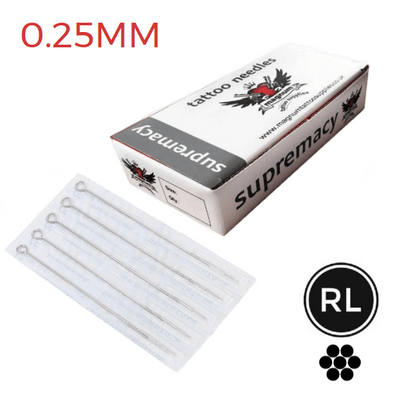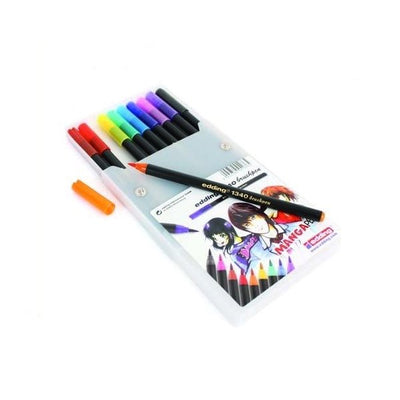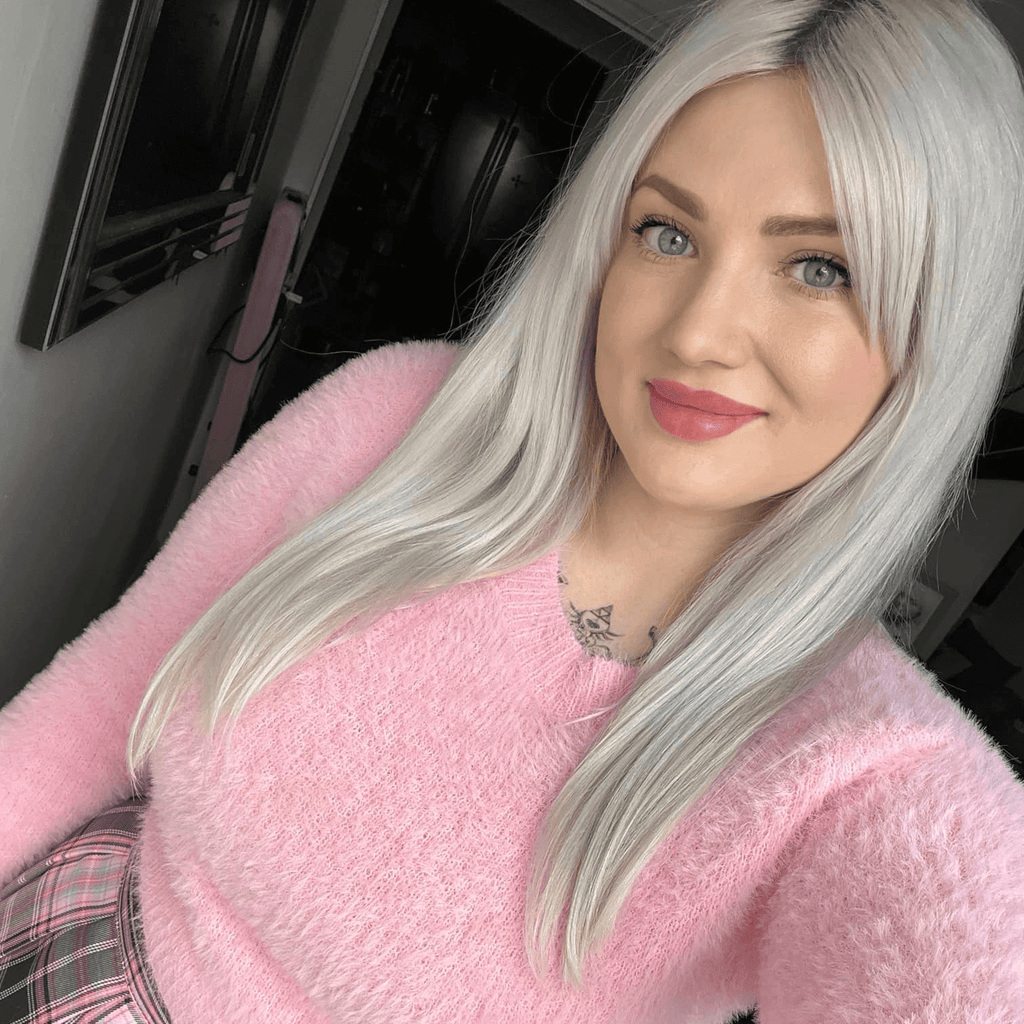Are you ready to take the plunge and get a tattoo? While tattoos are an amazing form of self-expression, in general, tattoos hurt. Different parts of the body have varying levels of sensitivity as some have fewer nerve endings than others. If you have a low pain threshold, it’s important to understand where the most (and least) painful areas are when deciding on your tattoo placement.
In this blog post, we explore the various areas of the body that can test your pain tolerance and those locations that provide a more comfortable experience while getting inked. So if you're looking for some guidance before taking that leap into body art, read on!
Pick up some tattoo aftercare today to take the best care of your new tattoos. If you're unsure of your options MTS Tattoo Balm is an excellent option and comes in three scents: Original, Cookies and Cream, and Cotton Candy.
Do all tattoos hurt?
The short answer is yes—all tattoos do require you to endure a certain level of discomfort. However, the intensity of the pain depends on the type and size of tattoo, as well as where it's located on your body. The more sensitive areas are more likely to be painful, while areas with more fat and muscle will be easier to sit through.

Everyone's personal pain tolerance is different, so the level of pain felt when getting a tattoo can vary greatly from person to person. What might be a slightly sore experience for one individual may cause extreme pain for someone else.
Your biological sex will also impact where the most post painful places to get a tattoo are on your body. For example, fat is distributed differently between men and women: men usually have more fat across their torso and back, while women tend to have more fat on their arms and legs.
If it's your first tattoo, the anticipation can quite often be more severe than the actual physical pain. An experienced tattoo artist will be used to dealing with anxious clients, so always remember that you can take your time and speak up if you need a break! However, if you are concerned about your pain threshold, use a tattoo pain chart to pick a placement where you will likely feel less pain.
Where are the most painful places to get tattoos?
The most painful places to get tattoos tend to be areas with a high concentration of nerve endings and very thin skin, such as the inside of the arm, feet, hands and neck. These areas are also some of the most popular spots for tattoos due to their visibility.
However, because they have less fat and muscle coverage than other parts of the body, tattooing over these areas of thin skin can cause more discomfort during the inking process. If a tattoo needle gets too close to a nerve ending it can cause painful spasms that rank high on the tattoo pain scale.
Some other painful places include:
Armpit
An armpit tattoo can cause severe pain and is probably one of the most painful tattoos you can get. This area is full of sensitive nerve endings and due to its location, there’s not much fat or muscle coverage either. Armpit tattoos can cause intense or severe pain; some tattoo artists advise against getting a tattoo in this painful place.
Nipple and breast
Tattoos on the nipples and breasts can be incredibly painful. This area has many nerve endings in a high concentration, which makes it very sensitive to pain. The delicate skin in this region is also quite thin, which can make the inking process even more uncomfortable.

Rib cage
Getting a tattoo on the rib cage can be extremely painful. The rib cage itself is made up of thin bones and sensitive skin, so the sensation of a tattoo needle travelling through this area can often be quite intense. The movement of the rib cage and surrounding skin every time you breathe can also significantly intensify the tattoo pain.
Groin
The groin is another one of those painful places with a lot of sensitive nerve endings. Getting a tattoo in this area can cause extreme discomfort and is one of the most uncomfortable places to get a tattoo.
Hip
Given that your hip bones sit just below the skin, hip tattoos can be a very painful experience if you don't have much fat in this area.
Other places that tend to be slightly more painful are areas with a lot of nerve endings such as the elbows, wrists and ankles. In addition, tattoos on joints—such as the knuckles or knees—are usually quite tender due to the extra movement in these areas.
Elbow and knee
Similar to hip tattoos, the bones in your elbows and knees lie very close to the skin's surface. As a result, designs on the elbow or knee are usually painful tattoos. The vibrations caused by the tattoo needle moving over bone in these areas can result in significant levels of pain.
Where are the least painful places to get tattoos?
For those looking to minimise the pain of their tattoo experience, there are certain body parts that rank lower on the tattoo pain chart than others. Generally speaking, areas with few nerve endings and more fat and muscle, such as the thighs, lower back, shoulders, and upper arms tend to be less painful when getting inked.
Although these spots may still be uncomfortable for some people, they generally cause less discomfort than more sensitive areas of the body.

Forearm
Forearms are a popular spot for tattoos, and the good news is that they tend to be relatively pain-free. In addition to the extra padding from fat and muscle, this area also has fewer nerves than other areas of the body.
Outer shoulder and bicep
The outer shoulder and outer bicep are also good areas to get a tattoo if you’re looking to minimise the pain. These areas have more muscle and fat coverage, making the sensation less intense than other parts of the body.
Back
The upper and lower back are also relatively pain-free areas for getting inked. However, be aware that the nearer you get to the spine or hip bones, the more discomfort you may encounter.
Outer thigh
The outer thigh is one of the least painful spots to get a tattoo. This area has more muscle and fat than other places, which can help to dull some of the pain associated with getting inked.
Calf
The calf is another great spot for getting tattoos with minimal discomfort. Like your forearms, this area has fewer nerve endings, meaning that the pain of calf tattoos will be far less intense.
Tips to minimise discomfort during the process
No matter where you choose to get a tattoo, you can do a few things to help minimise any discomfort during the process. Firstly, staying hydrated and well-nourished before, during, and after getting inked is important. This will help keep your energy levels up so you can endure any pain more easily.
Finally, taking regular breaks and breathing deeply can also help to make the experience more bearable.
Choose your tattoo placement carefully
Ultimately, when deciding on tattoo placement, it's important to consider how much pain you can tolerate. Some areas of the body are more sensitive than others and may cause more discomfort during the inking process. However, there are also certain places with few nerve endings that can provide a more comfortable experience.
Some pain is an inevitable part of the tattoo process, and while it can be uncomfortable, it shouldn't deter you from getting inked. You can always ask your tattoo artist which tattoo placement is best for you on the tattoo pain scale.
Don't suffer through a tattoo to not take good care of it afterwards!



























































 Studio supplies
Studio supplies












 Power & batteries
Power & batteries








 Aftercare
Aftercare





















 Apprentice
Apprentice


 Piercing & jewellery
Piercing & jewellery







 PMU supplies
PMU supplies




 New arrivals
New arrivals
 Gift vouchers
Gift vouchers
 Shop all
Shop all















































